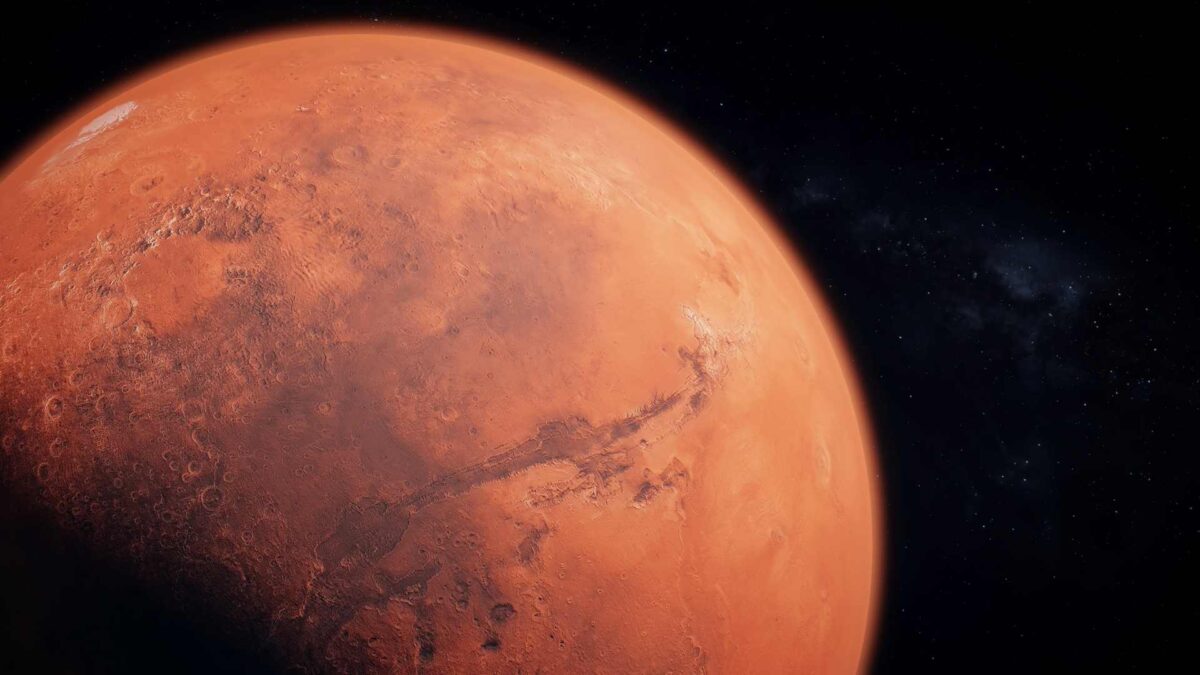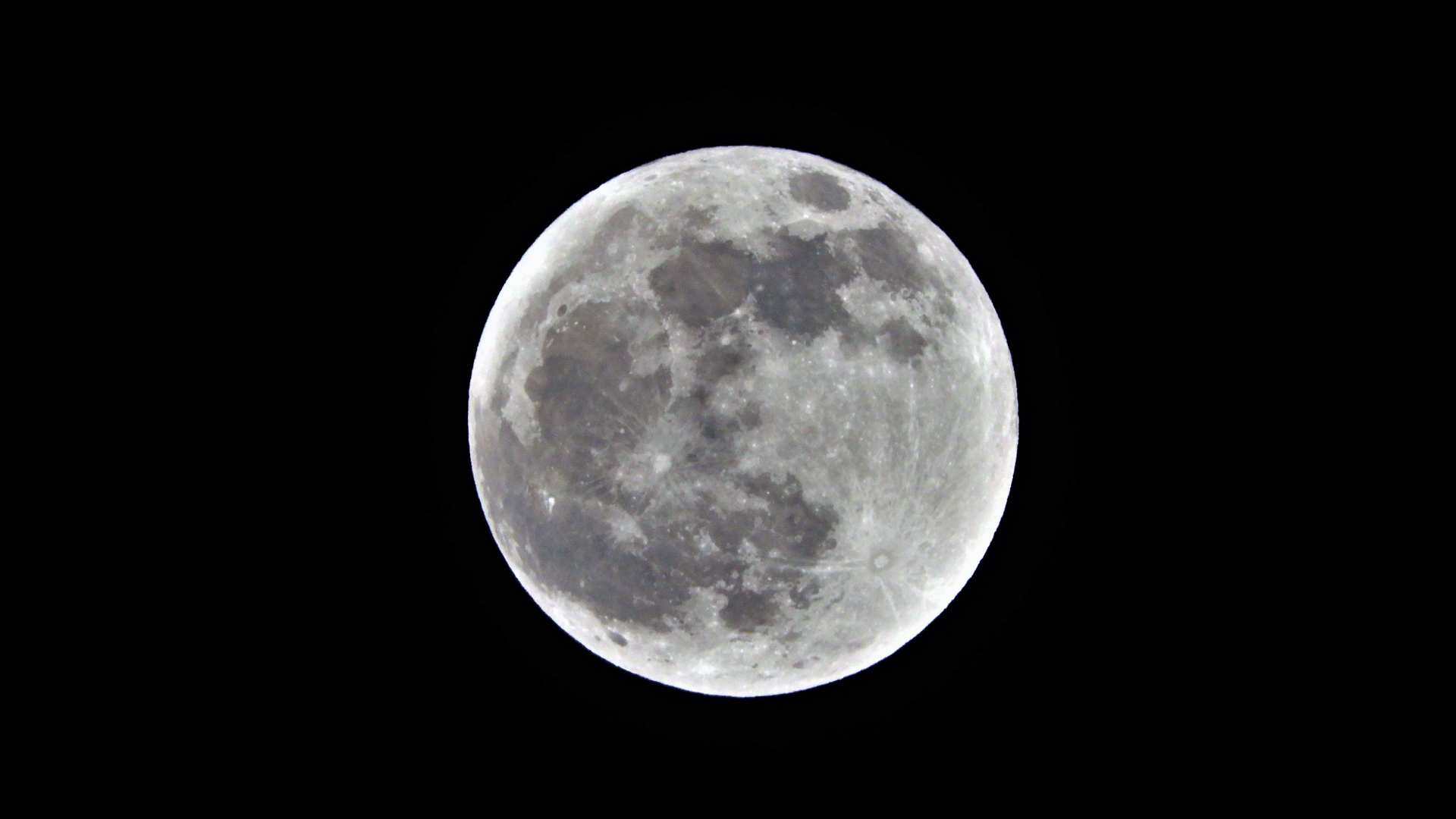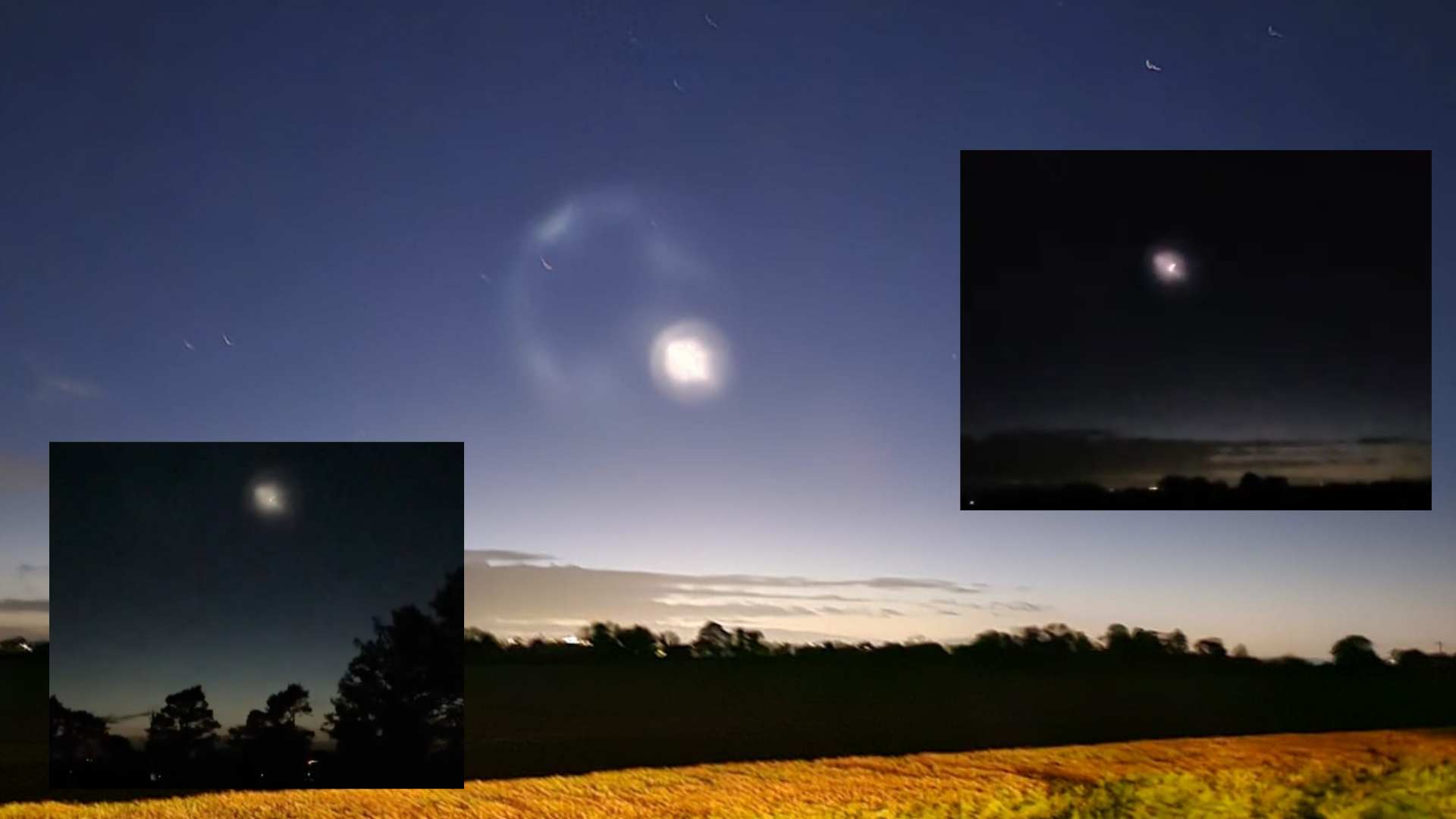
Mars rocks hint at habitable past

Evidence of a habitable past on Mars and possible signs of ancient microbial activity have been uncovered by NASA’s Perseverance rover, with Imperial College London scientists playing a central role.
The findings, published in Nature, centre on a light-toned outcrop in the Jezero Crater known as Bright Angel. There, the rover detected fine-grained mudstones and mineral deposits that indicate a lake once existed within what had previously been thought to be a river valley.
Researchers in Imperial’s Department of Earth Science and Engineering found the rocks were rich in silica and clays, minerals that typically form in calm lake waters. This points to an unexpected lake environment which scientists see as a promising setting in the search for signs of life.
Chemical tests revealed tiny nodules enriched with iron-phosphate and iron-sulfide. These appear to have formed through reactions involving organic carbon, processes that can occur without life but that also mirror microbial activity on Earth.
“This is a very exciting discovery of a potential biosignature but it does not mean we have discovered life on Mars,” said Professor Sanjeev Gupta of Imperial. “We now need to analyse this rock sample on Earth to confirm if biological processes were involved or not.”
Perseverance, which has been exploring Jezero since 2021, has already collected a core sample from Bright Angel called Sapphire Canyon. Along with others, it is due to be returned to Earth in the 2030s as part of the joint NASA and European Space Agency Mars Sample Return mission.
Matthew Cook, head of space exploration at the UK Space Agency, said the chemical signatures were “the most promising evidence yet discovered” that Mars may once have harboured microbial life, although he stressed that firm conclusions must wait until the samples are studied in Earth laboratories.
Share this WeathÉire story:







